 Figure: The galaxy pair NGC 4676, also known as The Mice (Credit: NASA/ESA Hubble Space Telescope).
Figure: The galaxy pair NGC 4676, also known as The Mice (Credit: NASA/ESA Hubble Space Telescope).
Observations reveal that galaxies have a great diversity of morphologies, colors, and sizes, among other properties. They also inhabit a wide range of environments, from large voids to dense clusters of galaxies. In addition, galaxies can occasionally merge with each other, triggering luminous starbursts and feeding the supermassive black holes that lie at their centers. Understanding how the Universe evolved from a highly homogeneous initial state (as can be inferred from the cosmic microwave background radiation) to the rich diversity of structures that is seen today is not an easy task. However, rapid progress is being made thanks to unprecedentedly wide and deep galaxy surveys that can observe thousands of galaxies at different epochs, as well as with highly sophisticated numerical simulations that can model galaxy formation and evolution from first principles.
Current work in this area by IRyA researchers includes:
- Star formation in the nearby Universe.
- Stellar population synthesis.
- Galaxy interactions and mergers.
- Active galactic nuclei and quasi-stellar objects.
- Galactic structure and dynamics.
- Hydrodynamic cosmological simulations.
Researchers who work directly in this field:
- Gustavo Bruzual
- Bernardo Cervantes-Sodi
- Jacopo Fritz
- Rosa Amelia González-Lópezlira
- Omaira González-Martín
- Eric Jiménez-Andrade




